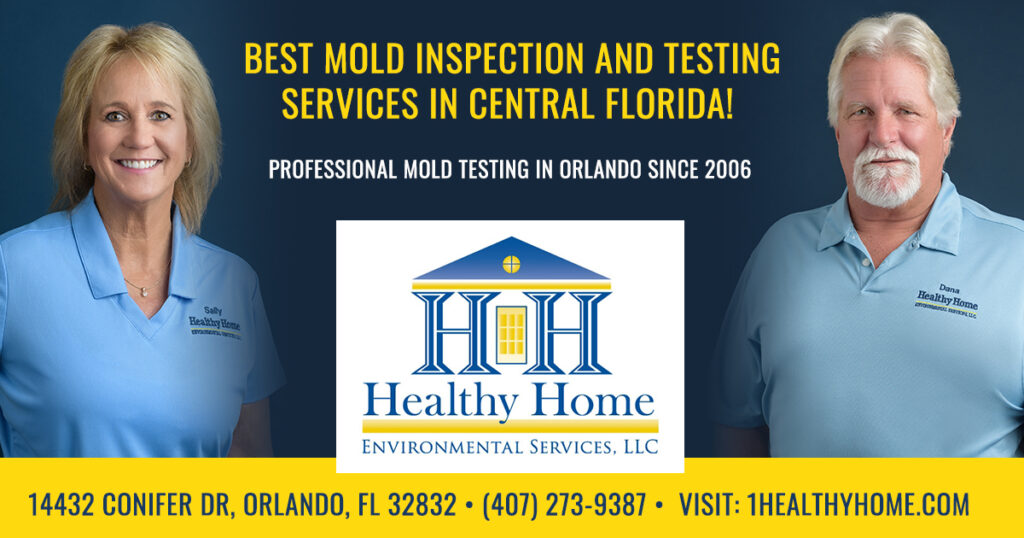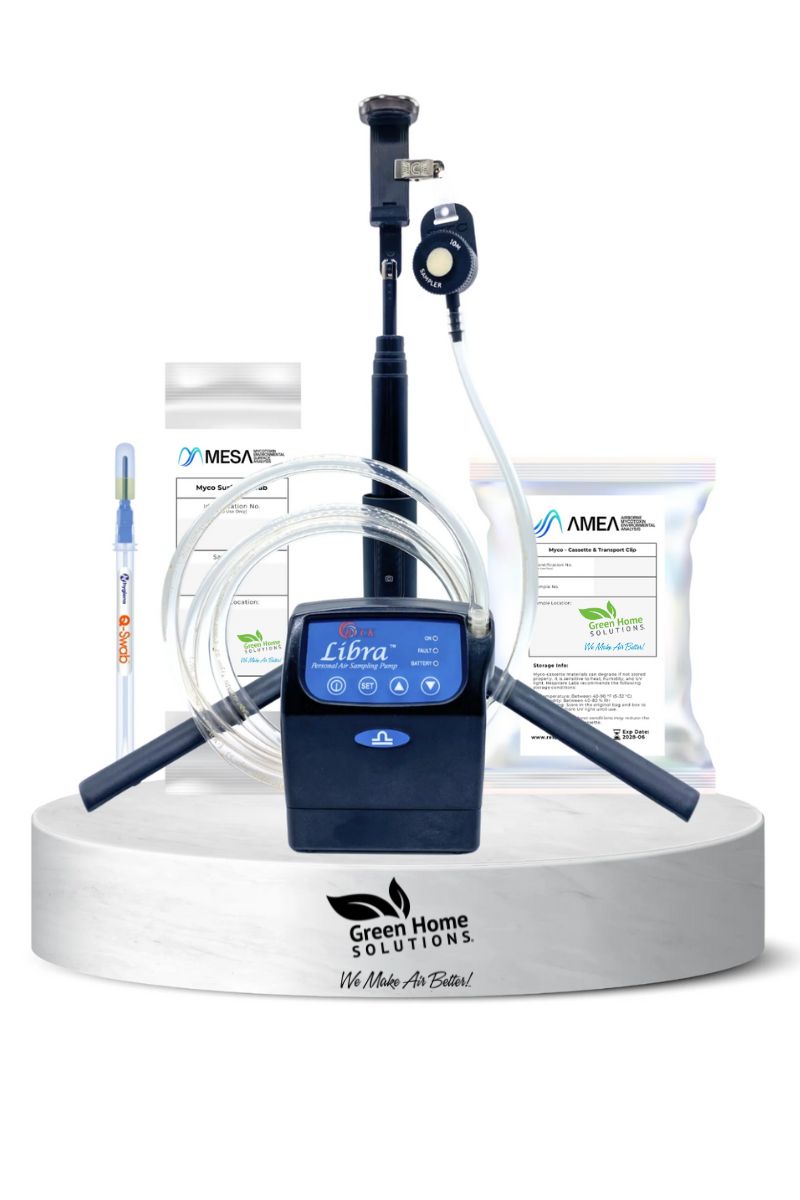Discover the Benefits of Specialist Mycotoxin testing Services Today
Wiki Article
Just How Mycotoxin Screening Aids Prevent Contamination and Protect Food Materials

Mycotoxin testing is a crucial practice in the food market, offering as a frontline defense against contamination by dangerous toxins created by mold and mildews. Via the application of sophisticated methods like High-Performance Fluid Chromatography (HPLC) and Fluid Chromatography-Mass Spectrometry (LC-MS), food producers can accurately measure and identify mycotoxin levels in agricultural products.
Comprehending Mycotoxins
Comprehending mycotoxins starts with acknowledging that they are hazardous second metabolites generated by specific mold and mildews, which can pollute agricultural products. These metabolites are not important for the growth or reproduction of the fungis but can have severe implications for animal and human wellness. Mycotoxins are commonly located in staple crops such as corn, wheat, barley, and nuts, where they can proliferate under certain conditions of moisture and temperature.
There are several kinds of mycotoxins, each created by different fungal types. Fusarium species generate trichothecenes and fumonisins, both of which are associated with numerous acute and persistent health concerns.

Dangers of Mycotoxin Contamination
The risks of mycotoxin contamination are complex, presenting significant dangers to both food safety and public wellness. Mycotoxins, harmful substances produced by specific types of fungi, can infect a broad array of agricultural items including grains, nuts, spices, dried fruits, and coffee.
Financial impacts are one more significant issue. Infected crops can lead to significant monetary losses for farmers and food manufacturers due to decreased returns and the need for expensive purification procedures. Global profession can be considerably prevented as nations impose stringent mycotoxin laws to protect their populations, leading to declined shipments and strained profession connections.
Ecological variables such as environment adjustment exacerbate the risk of mycotoxin contamination. Variations in temperature and humidity can create positive problems for fungal development, boosting the chance of contamination occasions. Hence, understanding and minimizing these threats are crucial for ensuring the safety and integrity of global food supplies.
Approaches of Mycotoxin Examining
Properly recognizing mycotoxin contamination in farming items is vital for securing public health and wellness and maintaining food safety requirements. Numerous approaches are used to identify and quantify mycotoxins, each offering specific benefits and restrictions.High-Performance Liquid Chromatography (HPLC) is a widely made use of approach because of its high sensitivity and accuracy. It entails separating mycotoxins from other materials in a sample, enabling exact metrology. Likewise, Fluid Chromatography-Mass Spectrometry (LC-MS) incorporates liquid chromatography with mass spectrometry to provide thorough molecular info, making it particularly valuable for determining multiple mycotoxins all at once - Mycotoxin testing Services.

Gas Chromatography-Mass Spectrometry (GC-MS) and Thin-Layer Chromatography (TENDER LOVING CARE) are likewise utilized, each with distinct applications. GC-MS works for volatile mycotoxins, while TLC supplies a less complex, cost-efficient choice for initial screening.
Benefits of Regular Examining
Normal testing for mycotoxins in agricultural products supplies many benefits, considerably contributing to public wellness and food safety and security. By determining contamination early, regular screening assists avoid the distribution of poisonous foods, consequently minimizing the risk of mycotoxin-related illnesses amongst consumers. This proactive strategy not only safeguards human health yet likewise enhances the total high quality of food supplies.Various countries and areas have developed strict limitations for mycotoxin degrees in food and feed. Adhering to these limitations with normal testing guarantees that manufacturers and suppliers fulfill lawful standards, thus preventing fines and profession barriers.
Additionally, routine mycotoxin testing can cause substantial economic benefits. Early detection of contamination permits timely intervention, minimizing possible losses from prevalent contamination. Applying normal screening protocols can also minimize recall costs and related obligations, which can be economically ravaging.
Additionally, routine testing offers useful data that can notify much better agricultural practices and storage conditions. By understanding patterns of contamination, manufacturers can take on safety nets, therefore lowering future dangers and contributing to the sustainability of the food supply chain.
Implementing Examining Methods
Carrying out effective mycotoxin screening protocols is crucial for making certain the security and quality of farming products. Each stage must be looked at to pinpoint where mycotoxin contamination is most likely to take place.When critical control factors are identified, choosing appropriate screening methods is crucial. Typical strategies include enzyme-linked immunosorbent assay (ELISA), high-performance fluid chromatography (HPLC), and mass spectrometry (MS) Each method has its weak points and strengths; therefore, picking the appropriate one relies on the particular mycotoxin being examined, the required level of sensitivity, and available sources.

Lastly, incorporating the testing methods into a thorough read this food security administration system is advisable. This boosts traceability and allows speedy restorative actions when contamination is identified, consequently safeguarding the honesty of the food supply chain.
Conclusion
Mycotoxin screening is important in stopping contamination and guarding food products by making it possible for early detection of hazardous toxic substances created by mold see page and mildews in farming items. Routine screening improves brand name track record, economic security, and trust fund in food safety and security by decreasing contamination-related losses and keeping high criteria in food manufacturing.Mycotoxin screening is a crucial technique in the food sector, offering as a frontline protection against contamination by damaging toxic substances created by molds. An integrated approach involving farming techniques, storage space administration, and regular testing can minimize the threats connected with mycotoxin contamination, making sure food security and public health.
The risks of mycotoxin contamination are complex, posturing considerable risks to both food safety and public wellness.Routine testing for mycotoxins in farming items provides numerous advantages, dramatically contributing to public health and food safety and security.Mycotoxin testing is important in preventing contamination and securing food materials by enabling very early detection of unsafe toxic substances produced by mold and mildews in agricultural items.
Report this wiki page